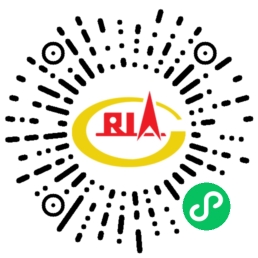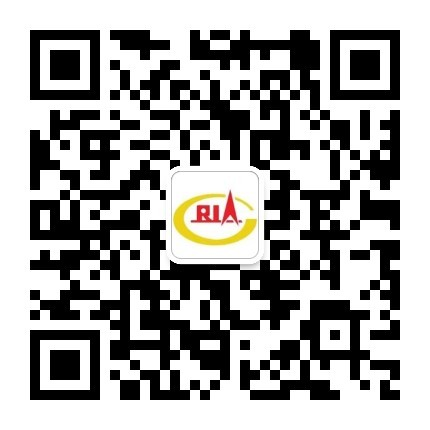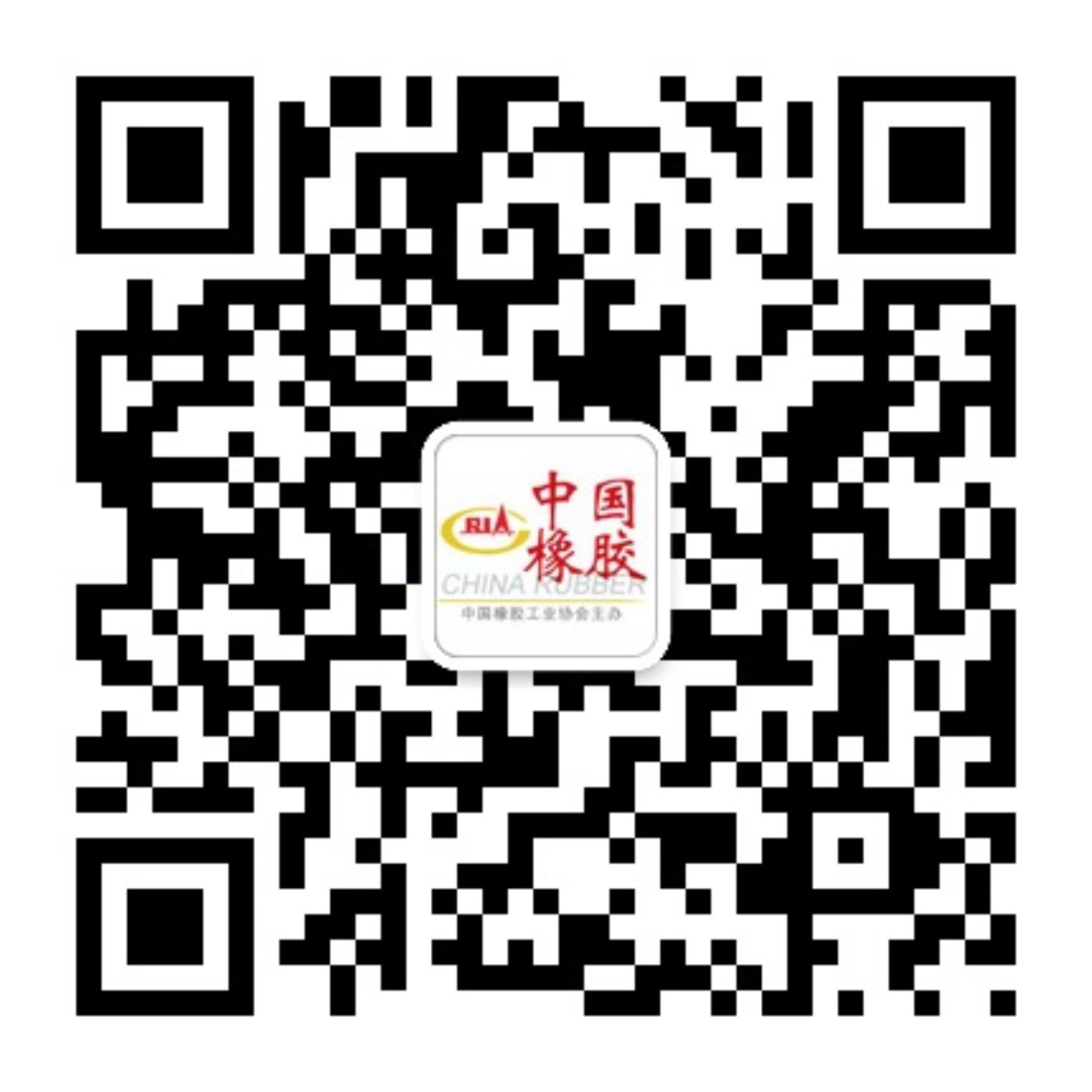From January 23 to January 25, on the 36th Secretary-General Meeting of China Rubber Industry Association (hereinafter referred to as CRIA), Shi Yifeng, secretary-general of Tire Branch, disclosed that in 2017, China’s tire industry strove to promote supply-side structural reform, economic operation kept a steady and good trend, tire output volume, output value, export and sales revenue all had stable growth and new progress was constantly made in aspects such as elimination of outdated capacity by merging and reorganization, intelligent manufacturing, green manufacturing, going out for international development, and the industrial transformation got accelerated.
According to the statistics of Tire Branch, from January to November 2017, the total tire output (including overseas output) of 41 key member enterprises had a yearon-year (same below) growth of 7.87%, in which the total output of radial tire had a growth of 9.1%, the output of allsteel tire had a growth of 7.31% and the output of semisteel tire had a growth of 9.7%; the output of domestic tire had a growth of 5.35%, in which the output of domestic allsteel tire increased by 5.35% and the output of semi-steel tire increased by 6.84%; and the radial rate was 93.54%.
Under the situation where the international trade protectionism is increasingly severe, the tire export keeps a steady growth on the whole. According to the statistics of the Customs, from January to November 2017, the export volume of new pneumatic rubber tire for motor minibus had a growth of 2.4% and the export value had a growth of 7.1%; the export volume of new pneumatic rubber tire for motor passenger vehicles or freight vehicles had a growth of 0.3% and the export value had a growth of 8.7%.
In addition, according to the preliminary statistics and investigation of Tire Branch, at present, in the whole industry, the output of tubeless all-steel radial tire accounts for about 45% of the total output and the output of high-performance semi-steel radial tire accounts for about 40% of the total output, and the structure of tire products is further optimized and upgraded.
By the end of 2017, China had eliminated a total of 7.30 million units of bias tires with outdated capacity and 18 million units of conventional radial tires, including 10 million units of all-steel tires and 8 million units of semisteel tires; and eliminated 10 quitting tire factories. In addition, only in Shandong, about 10 enterprises had completed merging and reorganization successively and several are implementing.
However, Shi Yifeng also expressed that affected by marked ups and downs of the price of raw materials, structural surplus of the products, insufficient environmental control, tightening of money market, etc., the realized profit and tax of the whole tire industry had a relatively large decline. From January to November 2017, according to the statistics of CRIA, the sales revenue of the member enterprises increased by 14.39% but the profit had a sharp decline of 50%. In addition, the problems of the factories such as increased cost control pressure, financial strain, labor shortage and expensive labor, the task of improving quality and efficiency and innovation development is difficult.
Facing the difficulties in the tire industry, Shi Yifeng analyzed that seen from internal factors, the contradiction of structural overcapacity of tire industry was not fundamentally changed, the tire industry excessively relied on the scale and speed and underestimated the development quality and benefit, the progress of structural adjustment was relatively slow, the stock adjustment was not in place and the increment was not optimized; the brand influence was weak and low-price competition interfered the normal order of market development, which made the enterprises walk into the dangerous situation of adverse operation; some tire enterprises had weak technical innovation ability and weak channel construction, which was not thoroughly changed, the enterprises emphasized input on equipment and hardware and underestimated the improvement of soft power; the enterprise development concept of people first was not truly implemented, and instability of the team of skilled workers, technical talents and senior management personnel became a common problem of the enterprises, which went against stability of innovation and quality of tire technology and also affected the confidence of the dealers on the enterprises’ products.
Seen from external factors, tire industry suffered from double pressure of high import tariff burden of natural rubber and sluggish demand of tire market for long, the tire enterprises could only maintain the demand for capacity and cost control by relying on product export and could not realize effective adjustment of domestic and overseas market share; natural rubber, as a major trading variety in domestic and overseas futures market, had extremely active financial feature, especially, domestic futures market had single variety, influx of a large amount of idle funds for speculation surely would cause marked ups and downs of price of natural rubber, thus directly hurting the tire enterprises; out of protection of the enterprises within the jurisdiction, some functional departments of local government had imbalanced supervision strength for the enterprises and market, thus the competition between tire enterprises lacked a fair environment; international trade protectionism was becoming increasingly fierce, the developed economies constantly asked for deglobalization, the competition in export market became fiercer, and the profit space was further diluted; along with continuous in-depth promotion of five tasks of “three removal, one reduction and one supplementation”, the economy had a downturn and the market got tightened within a short time, especially, the money market of the deleveraging bank got tightened, in some regions, debt overhang of a part of tire enterprises had caused capital chain rupture, the cash flow was stretched and the operation had severe difficulty; the requirements for environmental protection supervision and control standard would be increasingly strict, and the environmental protection cost of the tire enterprises sharply rose.
For this purpose, Shi Yifeng thought that the enterprises should be actively guided to enhance the innovation research and development to realize transformation and upgrading as soon as possible. China’s tire industry was entering new development era, the rise trend of raw material cost, dynamic cost, environmental protection cost and labor cost was inevitable, innovative development, improvement of quality and efficiency, replacing human with machine, intelligent manufacturing and green manufacturing were necessary trend for improving the enterprises’ competitiveness; the tire enterprises should grasp the opportunity, enlarge scientific input and enhance cross-border cooperation and huddle cooperation; should firmly adjust the structure of the tire products, raise the product grade, enrich the product variety, guide consumption of new products, accelerate elimination of outdated capacity and increase the added value of the products; the proportion of domestic and export markets should be moderate and the dependence on export market should be constantly reduced to realize transfer from product export to brand output.




